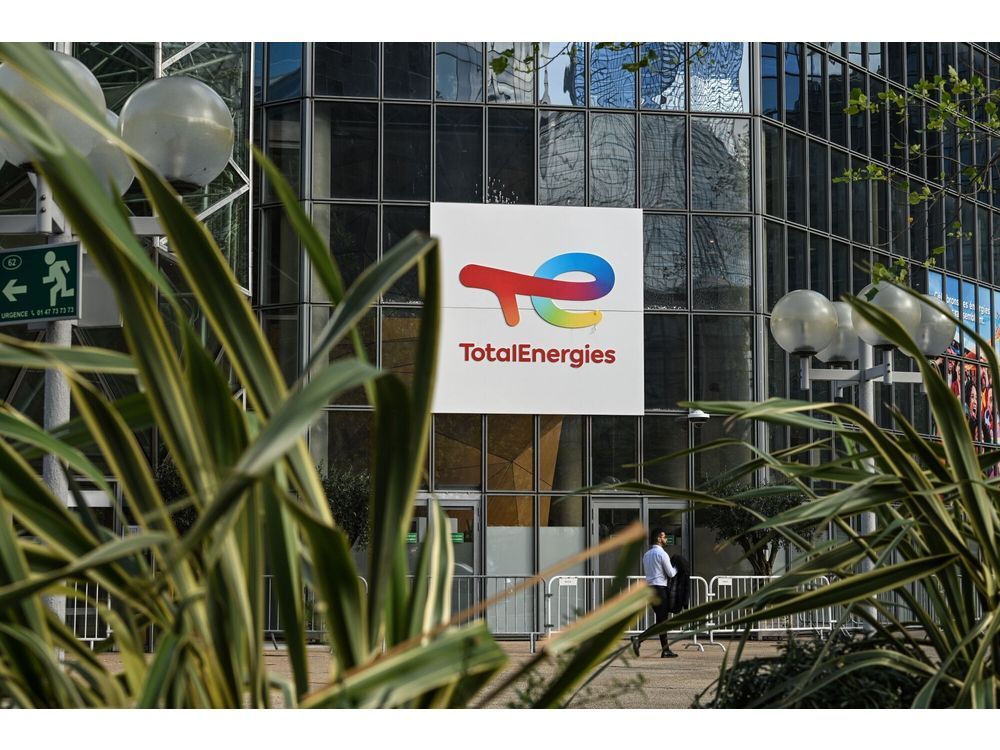Inventory valuation refers to an accounting practice that requires companies to evaluate their unsold inventory. This process involves estimating the value of the goods not sold at the end of each year. Usually, companies cannot calculate this value reliably without inventory valuation techniques. However, accounting standards require them to report these goods.
Therefore, companies use various inventory valuation methods to evaluate their stocks. One of these methods is known as First-In, First-Out (FIFO).
What is FIFO?
FIFO refers to an inventory valuation method where companies evaluate inventory based on goods acquired recently. In this method, they assume recent goods sold were the ones purchased first. Therefore, the unsold goods represent the value of the stock purchased most recently. In other words, goods sold first are also produced or acquired first.
For most companies, the FIFO inventory valuation method matches the flow of goods most accurately. These companies prioritize goods produced or acquired first for disposal. Therefore, this valuation method provides more accurate results compared to others. FIFO results in more profits when the prices of goods increase in an economy.
How does FIFO work?
Companies must evaluate their inventory at the end of each financial period. This process is necessary to report the value of the unsold stock on the balance sheet. On top of that, it also contributes to measuring the cost of goods sold in the income statement. For that purpose, companies must use an inventory valuation method. FIFO, or first-in, first-out, is one of the most common methods.
As stated above, FIFO assumes that the goods acquired most recently make up the value of the unsold inventory. On the other hand, the cost of goods sold includes stock that companies acquire first. Essentially, FIFO requires companies to expense the stock at earlier acquisition rates. Consequently, the remaining stock derives its value from goods purchased most recently.
How to calculate inventory in the FIFO valuation method?
When calculating inventory under FIFO, companies must enlist all the stock purchased with the purchase prices. Then, it requires them to establish the number of units sold during the period. Once both metrics are available, companies can calculate the value of closing inventory under FIFO. By evaluating that inventory, companies can also calculate the cost of goods sold.
Example
This calculation is best demonstrated through an example. Assume a company, Blue Co., acquires stock during a financial period for the following prices.
|
No. of units |
Price |
Total |
|
| 1st batch | 1,000 | 12.00 | 12,000 |
| 2nd batch | 800 | 11.00 | 8,800 |
| 3rd batch | 1,200 | 13.00 | 15,600 |
| Total | 3,000 | 36,400 |
During the same period, the company sold 2,000 units of its products. Blue Co. will cost out these goods as follows.
|
No. of units |
Price |
Total |
|
| 1st batch | 1,000 | 12.00 | 12,000 |
| 2nd batch | 800 | 11.00 | 8,800 |
| 3rd batch | 200 | 13.00 | 2,600 |
| Cost of goods sold | 23,400 | ||
The value of the closing inventory for the period will be $13,000 ($36,400 – $23,400). This closing stock will include 1,000 units (3,000 units purchased – 2,000 units sold). Similarly, the value of these units reflects the purchase prices of the 3rd batch ($13 per unit).
Conclusion
Inventory valuation methods allow companies to calculate the value of their closing stock and the cost of goods sold. However, they must choose one of the many applicable techniques. One of those includes the FIFO method. In this method, companies expense out goods sold at the cost of the stock purchased earliest. The value of closing stock reflects the purchase prices of inventory purchased recently.
Further questions
What's your question? Ask it in the discussion forum
Have an answer to the questions below? Post it here or in the forum





TotalEnergies SE said it won’t make any fresh investment in Indian conglomerate Adani Group until the consequences of US bribery indictments against founder Gautam Adani and other individuals have been clarified.